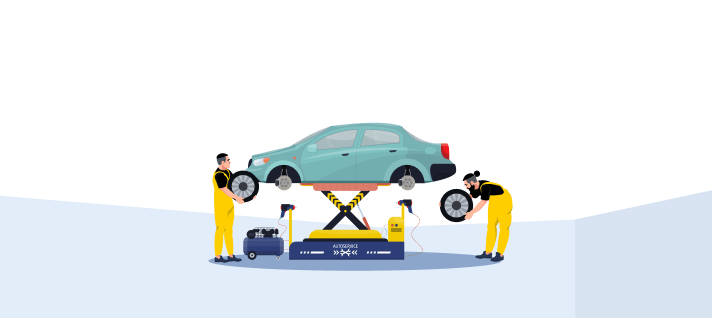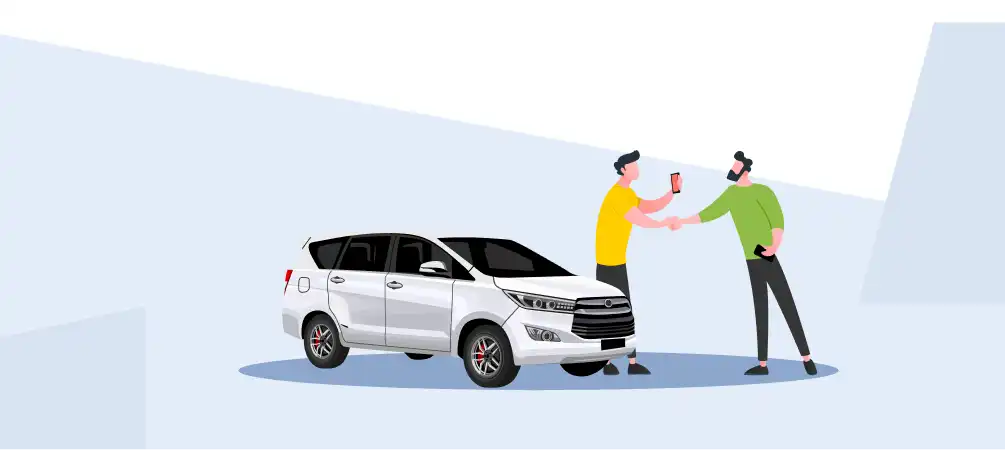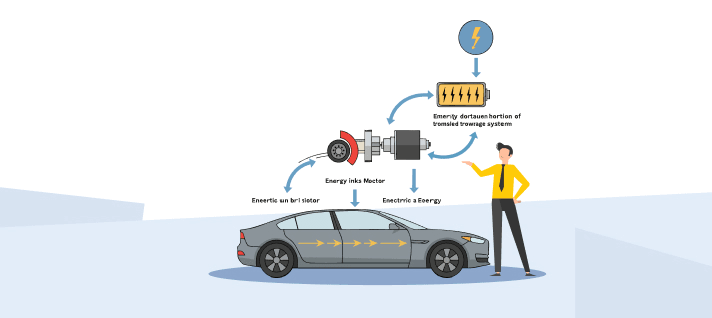Understanding Car Suspension Systems: Types, Benefits, and Maintenance
A properly maintained car suspension system provides a smoother ride, improves handling in sharp turns, and maintains safety and control during driving. Given the unpredictable conditions of Indian roads, regular suspension maintenance is essential, not optional.
This blog will examine various types of suspension systems, their benefits, and provide basic tips for Indian drivers to maintain their car suspension systems in good condition.

Table of Contents
What is a Car Suspension System?
A car's wheels are connected to the main frame via a suspension system that includes springs, shock absorbers, and linkages. This setup functions as a cushion for the car, absorbing shocks caused by bumps, potholes and uneven terrain.
Without it, every drive would feel uncomfortable and unsteady. The suspension system not only smooths the ride but also helps you maintain control and stay on course, especially during turns or stops.
What are the Key Functions of a Car Suspension System
Here's a simple overview of the suspension system's function:
- Helps absorb bumps and vibrations from uneven roads, providing a smoother ride.
- Keeps your tyres firmly in contact with the road, giving you better control.
- Supports the vehicle's balance and weight, making steering more stable and responsive.
- Reduces body roll during turns and lane changes, making your driving experience safer and more comfortable.
The car suspension system functions as a bridge between your vehicle and the road, ensuring a smooth and connected ride.
Main Components of a Car Suspension System
Your car’s suspension system is what keeps your ride smooth, safe, and under control — especially on bumpy roads or sharp turns. It connects the vehicle to its wheels while managing road shocks, vehicle stability, and driving comfort.
Knowing how each item works makes it easier to find problems like noise, instability, or tires that wear unevenly. Most automotive suspension systems have:
Springs
These are the main parts that soak up vertical movement induced by bumps or dips on the road. Different vehicles utilise different kinds of springs. For example, coil springs are widely used in cars, whereas leaf springs are more commonly found in trucks. Springs compress and expand to absorb shocks from the road, keeping the body of the car solid and making sure that people within don't feel the bumps directly.
Dampers, or Shock Absorbers
Springs take up energy, but if they weren't controlled, the car would bounce all the time. Shock absorbers control this by making the spring move more slowly. Shock absorbers employ hydraulic fluid to turn kinetic energy into heat, which is subsequently released..
Struts
Stuts are a type of spring and shock absorber that work together to support the suspension system and save space and weight. Many front-wheel-drive cars use struts in the front suspension.
Wishbones or Control Arms
These movable links connect the steering knuckle and wheel hub to the chassis of the car. They let the car move up and down while keeping everything in line.
Stabiliser Bars (Anti-Roll Bars)
These connect wheels on opposite sides and keep the body from rolling during fast turns. Their major job is to spread out the weight and keep the automobile balanced while it turns.
Bushings and Joints
These let parts of the suspension move smoothly and take in little shocks and vibrations. There are different kinds of joints and bushings, such as ball joints, rubber bushings, and polyurethane bushings.
These components of a suspension system work together to ensure your ride is smooth, stable, and responsive.
What are the Types of Car Suspension systems?
There are various car suspension systems, each suited to specific uses.
1. Independent Suspension System
Every wheel works on its own. For enhanced travel comfort and management, it is frequently implemented in passenger vehicles.
Example: MacPherson strut (a frequent part of front suspensions)
2. Dependent Suspension System
The vehicle's wheels are connected, so when one turns, the other does too. This is common in heavy-duty or rear-wheel-drive vehicles.
Example: Leaf spring systems
3. Multi-link Suspension
A multi-armed system that enhances control and comfort.
4. Air Suspension
Instead of metal springs, it uses air-filled bags that can be adjusted for comfort and height.
Each of these types of automotive suspension systems handles ride quality, load handling and control in a different way.
What are the Signs of Suspension Wear and Tear?
A worn-out suspension not only makes the ride less comfortable, but it also makes it less safe. Be on the lookout for these signs:
- Uneven tyre wear: May suggest that the dampers are worn or that there are alignment issues.
- Nose-diving while braking: Weak springs are likely to be blamed.
- Too much bouncing: Failing the "bounce test" means the suspension is worn out.
- Loose steering: It is possible that the control arms or bushings require replacement.
- Clunking sounds over bumps: Usually brought on by damaged links or joints.
Routine inspections during servicing help detect these issues early.
The Advantages of Proper Suspension System Maintenance
A well-maintained suspension not only improves the smoothness of your ride but also protects your vehicle over time. Key benefits of car suspension include:
- Better tire life: tyres last longer when they wear evenly.
- Enhanced fuel efficiency: Drag is reduced by stable driving.
- Better control: Especially when turning corners and stopping quickly
- Smoother ride: Less tiredness on lengthy rides
- Reduced wear on other parts: safeguards your chassis and steering components.
The variable topography and unpredictable surfaces of Indian roadways make regular suspension inspections a vital necessity.
Which Cars Have the Best Suspension in India?
In India, a decent suspension system should be able to absorb potholes, manage heavy loads, and maintain stability at highway speeds. These automobiles are known for having well-tuned suspension systems:
| Car Model | Why It Stands Out |
| Tata Safari | Independent suspension featuring advanced dampers that adjust for city and off-road conditions. |
| Mahindra Scorpio-N | Rear suspension equipped with specialised linkages for improved handling on rough and uneven terrains. |
| Toyota Innova Crysta | Strong setup designed for carrying heavy passengers or luggage without compromising ride quality. |
| Hyundai Verna (2023) | Suspension calibrated to maintain high-speed stability while effectively absorbing bumps. |
| Kia Seltos (Facelift) | A softer suspension improves comfort over speed bumps. |
These models illustrate how various types of car suspension systems are designed to meet the needs of Indian drivers.
In Summary
A high-quality suspension system is more than just a comfort feature; it is a vital component for safety and performance. Your suspension keeps all the parts of your car functioning together with the road, whether you're driving in city traffic or on long highway journeys.
It's important to consider both your vehicle's financial protection and mechanical safety. A good suspension provides a smoother ride, while flexible insurance plans help manage expenses effectively. Shriram Car Insurance provides customisable, comprehensive plans with add-ons such as Zero Depreciation and Roadside Assistance. With no paperwork, quick claims, No Claim Bonus and dedicated support, Shriram Car Insurance is there to help you on any road. Explore our plans today.
FAQs
1. Can I drive with a damaged suspension system?
It is unsafe because the loss of control and extended braking distances raise the risk of accidents.
2. How often should I check my suspension system?
Every 10,000 kilometres or when the car is due for service.
3. What is the average cost of suspension repair in India?
The cost ranges from ₹3,000 to ₹30,000, depending on the extent of the damage and the type of vehicle.
4. Is suspension damage covered under insurance?
Yes, if the damage was caused by an accident and you have valid Comprehensive Car Insurance, always verify the provisions of your policy. Always verify the provisions of your polic



 2558
2558


















